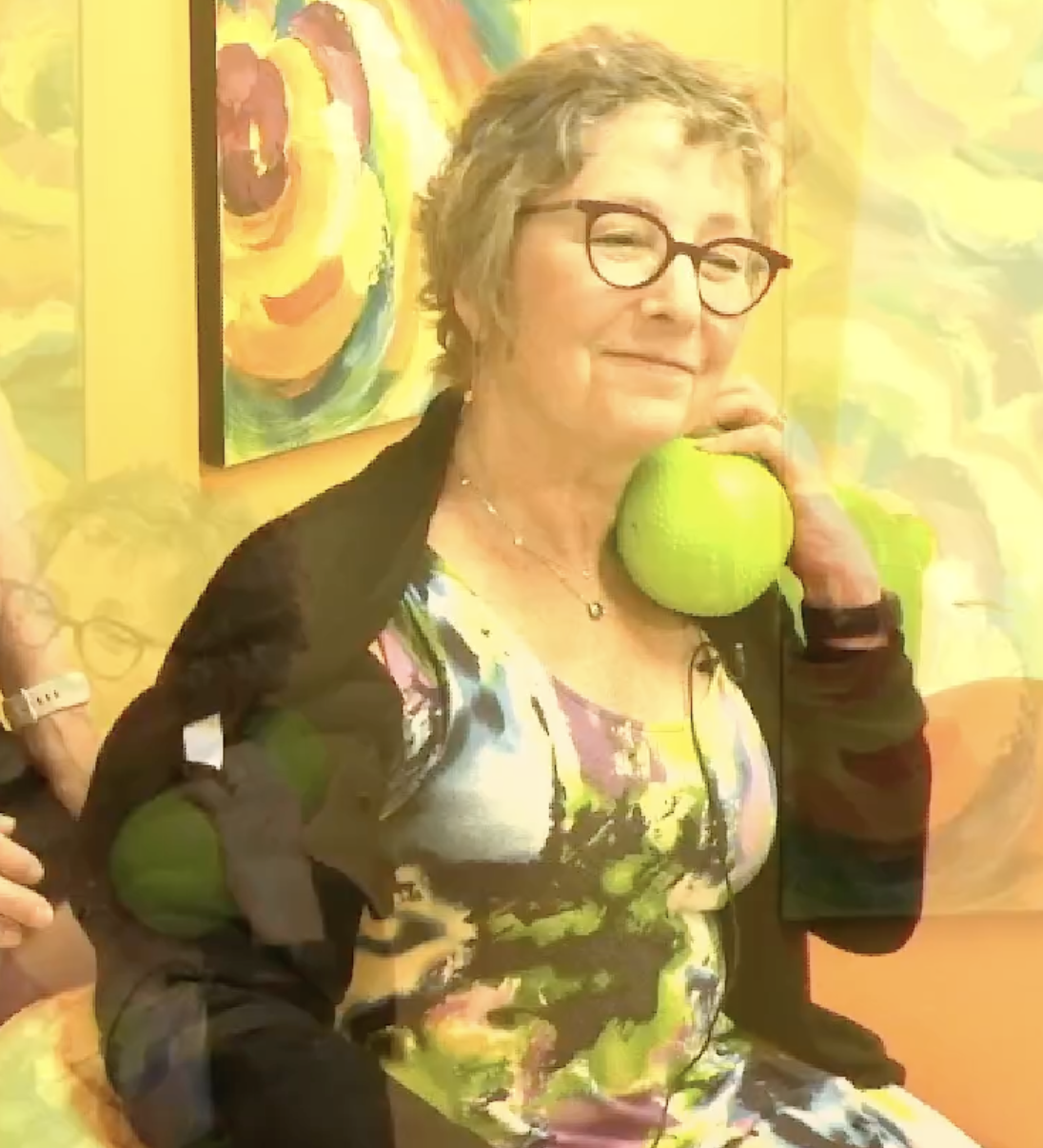What’s the Magic in How Bridging® Helps Your Pain, Balance, and Anxiety?
This week we dive into how changes happen to the body with the Bridging® process.
When your muscles have had some type of trauma, or are upset, this is how Bridging® calms, supports and guides them back to working together. The key words to remember are Hug, Rock, and Wiggle.
Read on …
Bridging®: How are the muscles reset?
Muscles normally work together as a finely-tuned symphony. The flow and transition of the muscles is the result of many tiny movements, the micromovements.
When you have pain or imbalance there has often been a disturbance to the muscle micromovements, and often it happened years ago!
These micromovement disturbances are generally not considered by traditional medicine since movement does not show up in x-rays or most imaging.
But x-ray-able or not, these mucked up micromovements can sure cause mayhem! The causes of micromovement glitches are very consistent and predictable, including:
- Injuries and accidents
- Surgery, cancer treatment or medical procedures
- Illness
- Birth and early life traumas
Identifying the relevant cause helps in determining the best position to support your muscles. Once supported, we can quickly reset their ability to work together again.
The three parts of resetting muscles
In reality, the first parts of the Bridging® process are assessment and problem-solving. Read more here.
Once the key incident and micromovement glitch is identified, it’s time to put function back together. Getting the muscles to work together again involves three important steps:
- HUG: Calming and supporting the muscles that have experienced trauma. Sometimes the muscles need a gentle wake-up or a soothing, calming down.
- ROCK: Gently re-introducing the muscles and guiding them into the way they are supposed to work together.
- WIGGLE: Adding a subtle stretch reaction, or perturbance (wiggle) to synch the pairs or groups of muscles working together.
Symmetry, flow, and control result from the process. Everyone is amazed at how gentle and subtle the process feels. And, you leave a session feeling calmer and moving better!
Of course, there is some hard core science behind what the hug, rock and wiggle represent. That is part of what we teach in our Intro to Bridging® course. The next date is November 8th. Want more info?
Insight of the week from Cara
Sometimes the best way to describe Bridging is by example. Kathy shared her recent experience with Bridging following several medical interventions.
The goal for supporting Kathy was slightly different than most client scenarios. She has had a biopsy and the insertion of a port for chemo. There are micro-traumas from the procedures, and there is periodic trauma from the chemo treatment.
First there was calming, rocking, and wiggling to rest the the biopsy and port areas. This restored arm and shoulder movement.
Then we devised ways for Kathy to support herself related to her body’s reactions to the chemo. As she shares in this interview, she feels empowered by being able to support herself during treatment.
How the HUG/ROCK/WIGGLE process is helping
Using the peanut balls, she is able to calm down the parts of her body which are upset by the harsh chemical reactions of the chemo drugs.
The gentle cradling and rocking of the peanuts are her daily reset to the micro-traumas of the chemo acting within her. The wiggle is reserved for days that her body is feeling more energetic.
For all ages and stages
Sometimes the muscle resets are for day-to-day function. More often the resets are to let you move forward from the effects of prior injuries. This can be true at age 6 months, 6, 16, 60 or 86!
Yes, you (or your child) can move with ease and confidence again!

